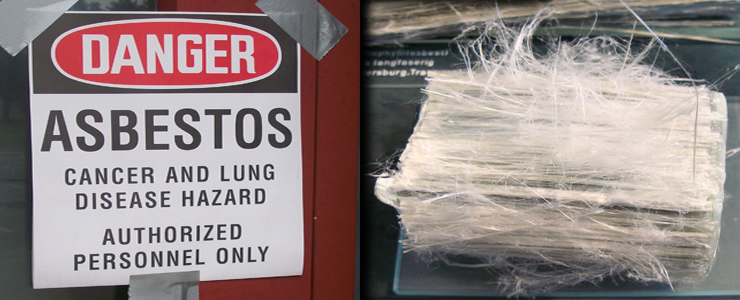By: Tony Etherington, OHST, CIHM
With the latest update to the Toxic Substance Control Act (TSCA) making it easier for the Environmental Protection Agency (EPA) to review new and existing chemicals, it looks like the United States is moving forward to uphold the ban on asbestos.
On June 22nd, 2016, the Frank R. Lautenberg Chemical Safety for the 21st Century Act was signed. The bill revises the EPA’s authority to require the development of new information about a chemical by establishing a risk-based screening process. It sets specific deadlines for designating chemicals as high or low priority and must prohibit or restrict the manufacturing, processing, use, distribution, or disposal of the chemical based on the new process. Under the new legislation, the EPA will have seven years to assess, regulate, and ban chemicals.
The biggest impact of the new law is the bill’s mandate that EPA defray costs to the processors and manufacturers; these fees will go into the TCSA Implementation Fund not just for asbestos but for all chemicals under review. This means that companies that manufacture hazardous chemicals will have to either produce assessments at their own expense or pay to have someone else do it. Corporate Health and Safety professionals will undoubtedly be intimately involved in overseeing or participating in the production and collection of data needed to generate the required assessments. This could require an improvement in their understanding of Toxicology, Epidemiology, and Occupational Medicine in order to understand and communicate the information generated for the assessment.
Since much information has already been collected on asbestos, a hazard assessment will not be required, but there will be a need to respond to the impacts of an asbestos ban. Enforcement of the ban will require increased product testing to ensure asbestos is not present. The substitution of other materials for asbestos could introduce other hazards to workers and the public. These potential risks will also need to be evaluated.
It will be several years before the first hazard assessments are completed and the first possible bans put in place. Forward-looking companies will anticipate potential issues and will begin working soon to replace problematic chemicals from their production processes, which could keep Health and Safety personnel busy for many years.
Questions?
If you have questions about this information or need assistance for your company, facility, or project, please feel free to contact us.

